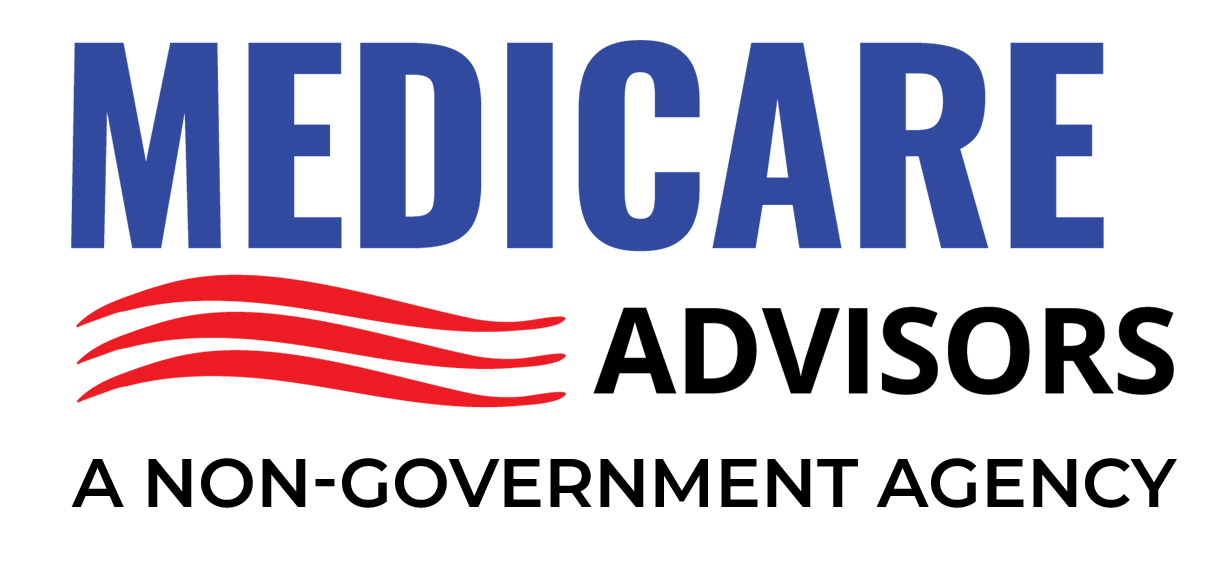What Is Medicare Supplement (Medigap)?
Medicare Supplement Insurance, commonly known as Medigap, is a type of private health insurance designed to cover out-of-pocket costs associated with Original Medicare (Part A and Part B). These expenses may include copayments, coinsurance, and deductibles that Medicare does not cover.
Medigap policies are standardized by the federal government and offered by private insurance companies. Each policy is identified by a letter (A, B, C, D, F, G, K, L, M, and N), with each offering different levels of coverage.
Why Do You Need Medigap Insurance?
Original Medicare provides essential healthcare benefits, but it does not cover everything. Without Medigap, you may face high out-of-pocket costs, especially if you require frequent medical care. A Medigap plan helps protect you from unexpected healthcare expenses and offers greater financial stability in retirement.
Key Benefits of Medigap:
✔ Covers Medicare Part A and Part B gaps
✔ Predictable healthcare costs
✔ Nationwide coverage – visit any doctor that accepts Medicare
✔ Guaranteed renewability – your policy cannot be canceled if you pay your premiums
✔ May cover foreign travel emergencies (certain plans only)
How Does Medigap Work?
Medigap plans work alongside Original Medicare to help pay for covered services. When you receive medical care:
- Medicare pays its share of the approved costs.
- Your Medigap policy covers some or all of the remaining expenses, depending on your plan.
Example:
If you have Plan G, it will cover everything except the Medicare Part B deductible. This means you’ll only be responsible for that small deductible each year.
Medicare Supplement (Medigap) Plans Comparison
Medigap plans are standardized in most states, meaning Plan G from one company offers the same benefits as Plan G from another. However, premiums may vary. Below is a comparison of popular Medigap plans:
| Benefit | Plan F | Plan G | Plan N |
|---|---|---|---|
| Part A Coinsurance & Hospital Costs | ✅ | ✅ | ✅ |
| Part B Coinsurance or Copayment | ✅ | ✅ | ✅ (Small copay applies) |
| Part A Deductible | ✅ | ✅ | ✅ |
| Part B Deductible | ✅ | ❌ | ❌ |
| Part B Excess Charges | ✅ | ✅ | ❌ |
| Foreign Travel Emergency | ✅ | ✅ | ✅ |
Best Medigap Plans for 2024
- Plan G – Best for comprehensive coverage (most popular for new enrollees)
- Plan N – Best for those who want lower premiums but are okay with small copays
- Plan F – Best for those who were eligible for Medicare before 2020 (not available to new enrollees)
Who Is Eligible for Medigap?
To qualify for Medigap, you must:
✅ Be enrolled in Medicare Part A and Part B
✅ Be age 65 or older (some states allow Medigap for those under 65 with disabilities)
✅ Purchase a plan during the Medigap Open Enrollment Period (OEP) to avoid medical underwriting
When to Enroll in Medigap?
The best time to enroll in a Medicare Supplement plan is during your Medigap Open Enrollment Period (OEP), which starts the first month you’re 65 or older and enrolled in Medicare Part B. During this time:
✅ No medical underwriting – You can get any Medigap plan without being denied for health reasons
✅ Guaranteed acceptance – Insurers cannot charge higher premiums due to pre-existing conditions
If you miss this window, you may have to undergo medical underwriting, and insurers can deny coverage or charge higher rates.
How to Choose the Right Medigap Plan?
When selecting a Medigap plan, consider:
✔ Your budget – Premiums vary between plans and insurers
✔ Your healthcare needs – Do you visit doctors frequently? Do you travel often?
✔ Coverage vs. cost – Some plans offer lower premiums but require more out-of-pocket costs
Medigap vs. Medicare Advantage: Which Is Right for You?
Many people confuse Medigap with Medicare Advantage (Part C), but they serve different purposes:
| Feature | Medigap | Medicare Advantage (Part C) |
|---|---|---|
| Works with Original Medicare? | ✅ | ❌ (Replaces Medicare) |
| Network Restrictions | ❌ (Nationwide coverage) | ✅ (Limited to provider network) |
| Includes Drug Coverage? | ❌ (Need Part D separately) | ✅ (Often includes drug coverage) |
| Monthly Premiums | Higher | Lower (but with copays/coinsurance) |
| Out-of-Pocket Costs | Lower | Higher (varies by plan) |
If you prefer low monthly costs and all-in-one coverage, Medicare Advantage may be better. If you want flexibility and fewer out-of-pocket costs, Medigap is the better choice.
How to Find the Best Medigap Plan in 2024
To find the best Medicare Supplement plan, follow these steps:
- Compare plans based on your budget and medical needs.
- Check pricing from different insurers (rates vary by company).
- Look at financial stability and customer reviews of insurance providers.
- Enroll during the Medigap Open Enrollment Period for guaranteed acceptance.
Conclusion
Medicare Supplement (Medigap) insurance helps fill the coverage gaps left by Original Medicare, protecting you from high out-of-pocket medical expenses. Whether you choose Plan G, Plan N, or another option, Medigap provides peace of mind and financial security in retirement.
Need help choosing the best Medigap plan? 📞 Call us today to get expert guidance and find the best coverage for your needs.
SEO Optimization Details
Primary Keyword: Medicare Supplement Medigap
Secondary Keywords: Medigap plans, Medicare Supplement Insurance, Medigap vs. Medicare Advantage
LSI Keywords: Medicare Part A, Medicare Part B, Medigap Open Enrollment, best Medigap plans 2024
Meta Description: Learn everything about Medicare Supplement (Medigap) plans in 2024. Compare Plan G, Plan N, and more to find the best coverage for your needs.
Call to Action (CTA): Contact us for expert advice on choosing the right Medigap plan.
Would you like me to customize this article further for a specific audience or add more details? 🚀





